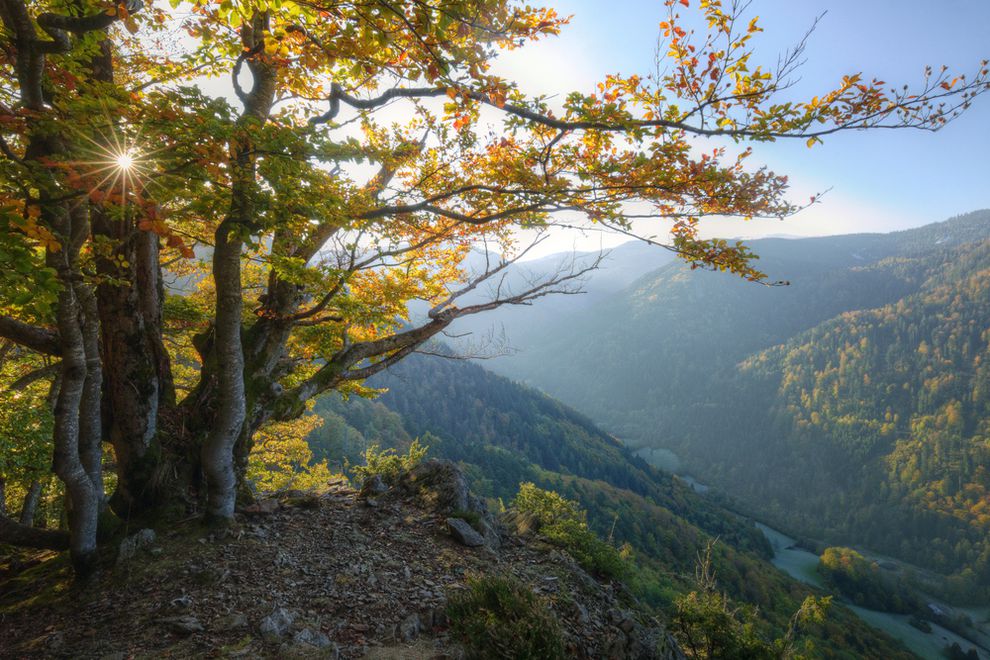Source: mnn.com
Published: June 22, 2017

Photo: Baciu/Shutterstock
UNESCO’s Man and the Biosphere Programme gives biosphere reserve status to locations that are great examples of balanced relationships between people and their environment, where economic development is carefully linked to stewardship of the ecosystem.
Last week, the program added 23 new sites to its list of biosphere reserves, and among them is an area that has that balance down to an art: Germany’s Black Forest.
This biosphere reserve encompasses more than156,400 acres and includes mountain ranges, forests, moors and hay meadows. It’s also home to 38,000 people and a rich cultural heritage — home of the cuckoo clock and the inspiration for the Brothers Grimm fairytales. According to Fodors, the Black Forest is one of the most visited mountain ranges in Europe, proving a key element of the designation.
Here’s how Black Forest Tourism explains it:
The Black Forest National Park, which opened two years ago, covers an area of over 100 km². Both have the aim of conserving animals and nature in general. Whilst the National Park focuses on nature, the biosphere reserve centres around the traditional cultural landscape that has been created by humans. Seventy-five percent of the land in the National Park is not used by humans; whereas this figure stands at just three percent in the biosphere reserve. The new biosphere reserve is intended to highlight how activities in the fields of the economy, settlement activity and tourism can be brought in tune with the needs of nature and farming, and can be developed in a sustainable way in the future.
According to UNESCO, there are now 669 sites in 120 countries in the network of places that want to sustainably balance human needs with the needs of the local flora and fauna.
This article no longer exists at the Source link above. It can be found in the Matteroftrust.org Resource Library.
